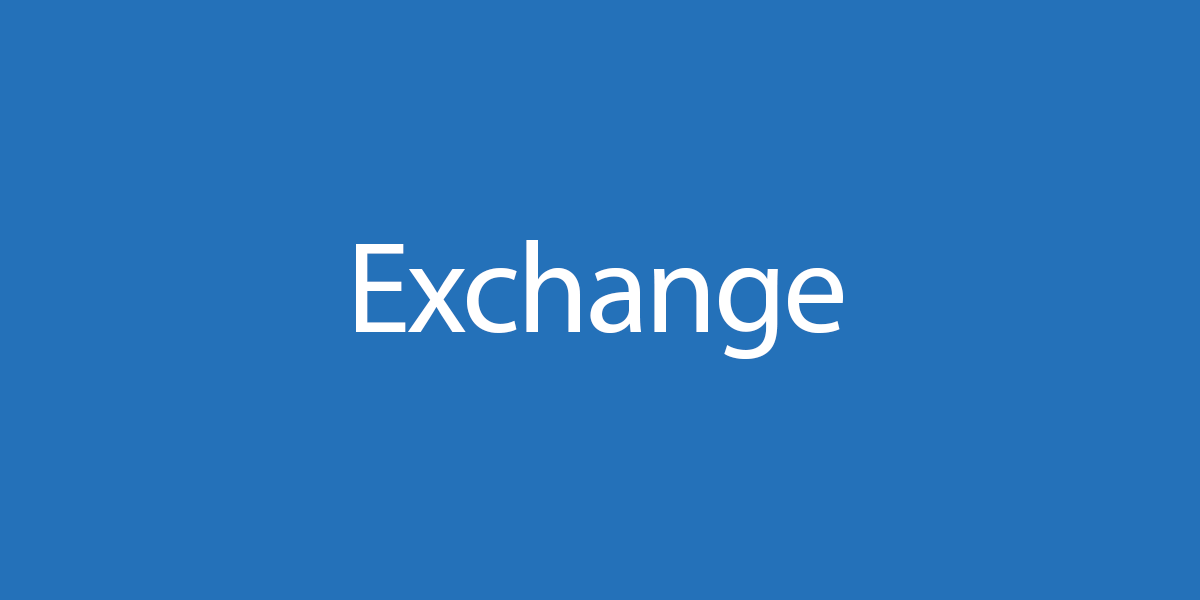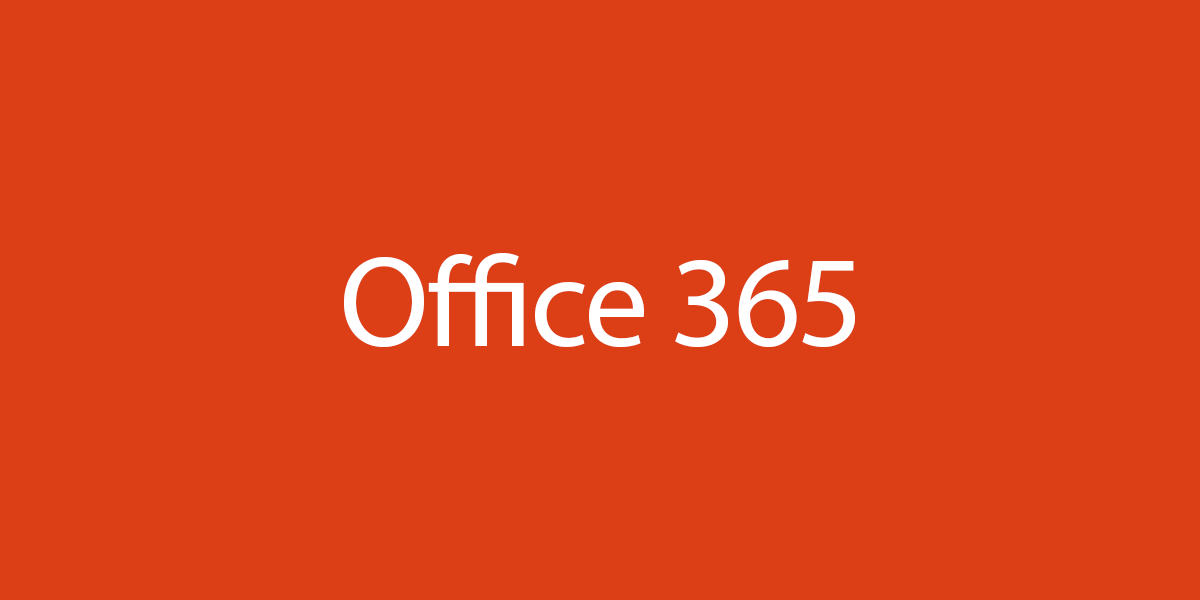You like to test outbound mail flow in Exchange Server 2016 after installing and configuring…
Hide mail-enabled security group from GAL with PowerShell
You like to hide the mail-enabled security group from the Global Address List (GAL). The organization does not want to see the security group in the GAL. In this article, you will learn how to hide mail-enabled security groups from GAL with PowerShell.
Table of contents
Get hide mail-enabled security group information
The organization does have a mail-enabled security group named Finance. They asked if the group can be hidden from the address list. Run Exchange Management Shell as administrator. Let’s find out if the security group is hidden or not. We are going to make use of the Get-DistributionGroup cmdlet.
[PS] C:\>Get-DistributionGroup -RecipientTypeDetails MailUniversalSecurityGroup -Identity "Finance" | Format-Table Name, HiddenFromAddressListsEnabled
Name HiddenFromAddressListsEnabled
---- -----------------------------
Finance FalseThe output is showing as False. This means that the Finance group is showing in the GAL and it’s not hidden. In the next part, we will hide the Finance group from the address list.
Hide mail-enabled security group from GAL with PowerShell
Set the distribution group Finance to hide from the address list. We are going to make use of the Set-DistributionGroup cmdlet.
[PS] C:\>Get-DistributionGroup -RecipientTypeDetails MailUniversalSecurityGroup -Identity "Finance" | Set-DistributionGroup -HiddenFromAddressListsEnabled:$trueVerify the changes
It’s always good to verify the results after a change. The output should show the value as True.
[PS] C:\>Get-DistributionGroup -RecipientTypeDetails MailUniversalSecurityGroup -Identity "Finance" | Format-Table Name, HiddenFromAddressListsEnabled
Name HiddenFromAddressListsEnabled
---- -----------------------------
Finance TrueChange the distribution group Finance back to hidden in GAL by changing the value true to false.
Get hide mail-enabled security groups in OU information
What if you have more then one mail-enabled security group and you want to set it to hidden from GAL. Get all the mail universal security groups in the Organization Unit (OU). In our example, we are going to use the OU named Mailbox and sort the distribution groups on Name.
[PS] C:\>Get-DistributionGroup Resultsize Unlimited -RecipientTypeDetails MailUniversalSecurityGroup -OrganizationalUnit "alitajran.local/Groups/Mailbox" | Sort-Object Name | Format-Table Name, GroupType, Hidden*
Name GroupType HiddenFromAddressListsEnabled
---- --------- -----------------------------
Finance Universal, SecurityEnabled False
GDPR Universal, SecurityEnabled False
HR Universal, SecurityEnabled False
Orders Universal, SecurityEnabled FalseHide mail-enabled security groups in OU from GAL with PowerShell
Set the distribution groups in the OU to hidden from GAL.
[PS] C:\>Get-DistributionGroup -Resultsize Unlimited -OrganizationalUnit "alitajran.local/Groups/Mailbox" | Set-DistributionGroup -HiddenFromAddressListsEnabled:$trueVerify the changes
It’s always good to verify the results after a change. The output should show the value as True.
[PS] C:\>Get-DistributionGroup -Resultsize Unlimited -RecipientTypeDetails MailUniversalSecurityGroup -OrganizationalUnit "alitajran.local/Groups/Mailbox" | Sort-Object Name | Format-Table Name, GroupType, Hidden*
Name GroupType HiddenFromAddressListsEnabled
---- --------- -----------------------------
Finance Universal, SecurityEnabled True
GDPR Universal, SecurityEnabled True
HR Universal, SecurityEnabled True
Orders Universal, SecurityEnabled TrueConclusion
To sum it up, you did learn how to hide a mail-enabled security group from GAL with PowerShell. If you want to hide one group or more groups, it’s possible with PowerShell. Did you enjoy this article? If so, you may like Check Exchange Schema version with PowerShell. Don’t forget to follow us and share this article.


This Post Has 0 Comments